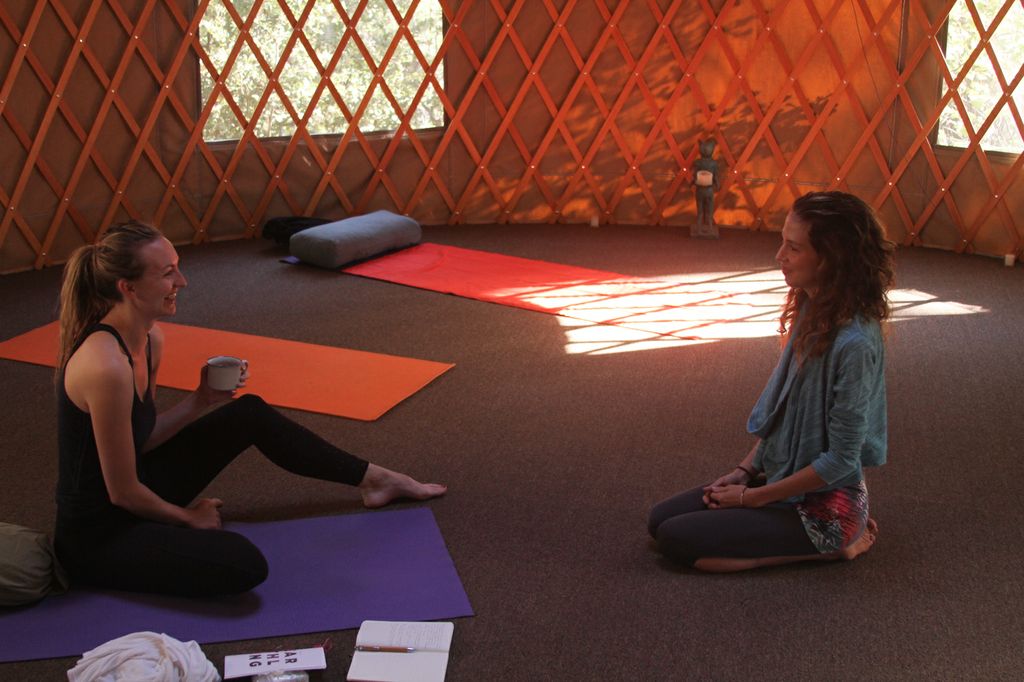Tom Myers Anatomy Trains Pdf Free

• 6 shares • • • • • • • • • • • • A couple of months ago I was lucky enough to spend a morning with Tom Myers, author of the amazing book. Tom came to speak to my staff to review his research and theories on fascia and the anatomy trains concept. We had an amazing day and learned a lot about Tom’s works. He has a very unique understanding of how the muscles relate to one another as he has personally dissected many cadavers to specifically asses the fascial system. One of the many take home messages that I took away that day included: Muscles are only separate in photos in anatomy books. In real life they are connected spiraling fascial tissue. That is a great way of thinking about it.
Muscles are separated for simplicity when we discuss and learn about their function. However, we really don’t learn the anatomy well when we look at the body from this simple approach. This is an area that we need further research to better understand, but the next thought we should be focusing on is not just what happens at a joint when muscle contracts, but what happens to the surrounding and connecting muscles and soft tissue. The other interesting point that stuck out to me, among the many, was Tom’s comment that: Movement becomes habit, which becomes posture, which becomes structure That’s a great way of putting the chronic soft tissue dysfunction that we are developing over time do to our poor postures and habits. But we did more than just talk about fascia and the Anatomy Trains concept, we also practiced some soft tissue techniques. Considering we have been talking about the pec minor so much the last few months ( and, I wanted to share a techniques from Tom. This is more of a deep tissue release but it’s all in the positioning.
Nov 25, 2016 - ISSUE 2 FREE. Anatomy Trains in Training is a brand new workshop developed by Ari. I met Tom Myers the following summer (1994).
With the patient supine, get down low next to the table with your forearm actually touching the table. This will position you so that you force is directed inward but also superiorly up along to the rib cage. You should then be able to slide your fingers in deep underneath the pec major to palpate and release the pec minor.
Doga vals noti. Pretty good approach. If you haven’t read the, time to get on board and learn how muscles throughout the body interact. Also, be sure to check out the anatomy trains website and for more details. Here is a quick video on some more info on the anatomy trains concepts.

My colleague and I have been reading through Thomas Myers book 'Anatomy Trains'. His book and his knowledge is based on scientific evidence i.e. Cadever dissection as stated above.
We have been using his book for the myofascial work we do and a lot of injury rehabilitation with our clients and members. The outcome of this has been extremely good and challenge those to read it before passing judgement. We work with a few well respected Osteopaths and having spoken with them, Thomas Myers book is on the reading list on many Universities in the UK for Osteopathy and Physiotherapy. There are no reasons why you can't administer some of these techniques even if you are a Personal Trainer of Fitness Instructor. I congratulate those that have read and properly applied this information with someone that may have been in pain, injured or has movement dysfunction. If you are not comfortable applying this with a female then my suggestion is don't do it. I would practice until you become comfortable using this technique or others.